Hidden Surveillance: Your Phone’s GPS Data May Reveal

A Silent Observer in Your Pocket
One evening, Priya Sharma, a 25-year-old marketing executive in Gurugram, walked home after work, stopping briefly outside a gym she’d been thinking of joining. The next morning, her phone flashed a discount ad for that very gym. “I was shocked,” she says. “I hadn’t searched for it, hadn’t talked about it, not even in a text.”
Unbeknownst to her, her smartphone had been quietly recording every step — the route she took, the pause she made outside the gym, the time she spent near the entrance. That single act of curiosity had been logged, analyzed, and sold to an algorithm that decided she was a potential customer.
This small moment captures a much bigger truth: our phones are no longer just tools of communication. They are silent observers — collecting, correlating, and transmitting details about our lives in ways most of us can barely imagine.
A recent study by IIT Delhi revealed that smartphones, especially Android devices, don’t just collect rough location data. They record fine-grained movement patterns, fusing GPS, Wi-Fi, Bluetooth, and motion sensors to create a digital signature of our daily existence. What seems like harmless navigation data can, in fact, reveal whether you are walking or resting, what building you are in, and how often you visit a particular place.
Your phone knows not just where you are — but who you are becoming.
When Data Tells Your Story
Smartphones, by design, are curious machines. Every few seconds, they communicate with satellites, routers, and nearby devices to fix your position. GPS provides the coordinates, Wi-Fi routers refine them, accelerometers measure your pace, and gyroscopes detect your orientation. Even when you are still, your device is not. It constantly senses, computes, and shares.
Over time, these signals turn into a detailed map of your life — the coffee shop you visit every Sunday, the hour you reach home, the friend’s apartment where you stay late on Fridays. To a machine-learning model, these aren’t coincidences. They are patterns — routines that define your identity more accurately than your name ever could.
Researchers now call this “fine-grained location telemetry.” It’s no longer about plotting a point on a map. It’s about telling a story — of habits, relationships, moods, and moments. A trail of data so intimate that it could guess when you’re sleeping, when you’re working, and even when you’re worried.
The Invisible Marketplace of Movement
This data doesn’t just sit on your phone. Most of it is transmitted to third-party servers — the app developers, advertisers, and analytics firms that form the underbelly of what economists call the surveillance economy. Every time you allow an app to access your location, even for something as innocent as checking the weather or ordering food, that permission often extends to hidden partners you’ve never heard of.
In 2023, a Delhi-based digital researcher found that several free Android apps were quietly sharing users’ location updates every few minutes with foreign analytics companies. The apps were perfectly functional — flashlight tools, ringtones, wallpaper downloaders — but the real business wasn’t the app. It was the data.
Those data brokers aggregate billions of coordinates into marketable “insights.” They can tell how often a user visits a mall, a temple, or a hospital. They can track the migration of people from one neighbourhood to another, predict peak shopping hours, or identify political meeting spots. The information is anonymized, but re-identifying someone from their movement patterns is easy. As one privacy researcher said, “Give me four places and I’ll tell you who you are.”
From Convenience to Control
The implications are profound. On one level, this data is used for targeted advertising — the reason why you might see a café promotion minutes after walking past it. On another, it feeds a more opaque ecosystem — one that profiles users by religion, gender, income, or political leanings.
A person visiting a fertility clinic could be tagged as “expecting”; one frequenting religious gatherings might be labelled by faith. These tags are sold to marketers and data brokers, sometimes even to government contractors.
The risks go beyond commerce. Law enforcement agencies around the world have used mobile metadata to trace suspects — sometimes successfully, sometimes mistakenly. In countries without strong privacy laws, this kind of surveillance can easily spill into monitoring journalists, activists, or dissenters.
In India, where 750 million people use smartphones, such data is a treasure trove — and a vulnerability. Most users remain unaware of how much they are being watched. A 2024 survey by the Digital Rights Foundation found that only 12 percent of respondents knew how to disable background location tracking. Nearly two-thirds had given “always-on” permissions to multiple apps they barely used.
India’s Legal Lag and the Illusion of Consent
The law, meanwhile, is struggling to catch up. India’s Digital Personal Data Protection (DPDP) Act, 2023 was hailed as a landmark step toward safeguarding privacy. It introduced the concept of “informed consent” and limited the processing of personal data without clear purpose. Yet its enforcement remains weak, and the fine print allows significant exemptions for state agencies.
The draft rules released in 2025 added more detail, requiring companies to justify why they collect certain data and for how long they store it. But without an independent regulatory body and stronger oversight, much depends on corporate self-regulation — a system built on the goodwill of those profiting from our data.
Cyberlaw experts warn that India’s privacy architecture is still fragile. Data frequently crosses borders through apps headquartered abroad, complicating jurisdiction. And while the law talks about personal data, it often fails to address “derived data” — the behavioural predictions and activity patterns that are even more invasive.
“The problem,” says digital policy analyst Apar Gupta, “is that laws protect the data you give, but not the data that is inferred about you. Your movement, your habits, your mood — those are all up for grabs.”
How to Regain Your Digital Privacy
Globally, we’ve seen what happens when this data falls into the wrong hands. In 2022, an international investigation exposed a broker selling the location traces of women who had visited reproductive health clinics in the US. In Europe, journalists demonstrated how “anonymous” GPS records could be used to identify government officials and military personnel.
In India, a group of ethical hackers once showed how location data from a popular taxi app could be intercepted to reconstruct passenger routes. The company fixed the flaw, but the incident was a reminder of how fragile digital privacy can be — and how our dependence on smartphones makes that fragility permanent.
For individuals, the risks can also be personal. A stalker doesn’t need to break into your house; all they need is an app that reveals where you’ve been. Many photo apps automatically embed GPS coordinates into images, allowing anyone who receives the picture to know exactly where it was taken. A seemingly innocent selfie could disclose your home’s location to strangers online.
You can’t live without your phone, but you can live more consciously with it. Start by checking your app permissions. Go to your phone’s privacy settings and see which apps have access to your location — and why. Many will surprise you. Deny location access wherever possible, or switch from “precise” to “approximate.”
Delete apps you don’t use. The fewer apps on your phone, the fewer potential leaks. Turn off Wi-Fi and Bluetooth scanning when you’re not using them. Even when you’re disconnected, these signals constantly ping nearby devices, silently announcing your presence. Avoid public charging stations unless you’re using your own charging cable — “juice jacking,” the theft of data through compromised USB ports, is real. And above all, think before you share. Every time you post a photo tagged with your location or check in at a café, you’re contributing to your own data trail.
Privacy, however, isn’t only an individual responsibility. It’s a collective one. We need stronger regulations that prevent companies from trading in sensitive location data. India must establish a truly independent Data Protection Authority — one with the power to audit, penalize, and enforce compliance. Apps should be mandated to display clear dashboards showing what data they collect and for what purpose.
Beyond regulation, we need awareness. Just as Swachh Bharat made cleanliness a civic virtue, India needs a nationwide campaign for digital hygiene. Schools and universities should teach privacy literacy — because understanding how data works is now as essential as learning to read.
The Human Cost of Being Watched
None of this means abandoning technology. Our lives are entwined with it. We depend on GPS to navigate, on delivery apps for food, on digital maps for everything from traffic to emergencies. The challenge isn’t to reject technology — it’s to use it consciously, to make informed choices about what we share and with whom.
As IIT Delhi’s researchers put it, “The danger isn’t in the devices, but in our unawareness of their reach.”
For Priya, the young executive, awareness came late but decisively. She now turns off her phone’s location at night. “It’s not that I have something to hide,” she says, “it’s just that I don’t want to be watched all the time.”
That sentiment echoes what millions are beginning to feel — a quiet rebellion against invisible observation. In an age where privacy is the price of convenience, reclaiming even a sliver of it can feel revolutionary.
Because privacy is not secrecy. It is dignity. It is choice. And in the ceaseless hum of our connected lives, it may just be the last freedom we have left.

 2 weeks, 6 days ago
2 weeks, 6 days ago
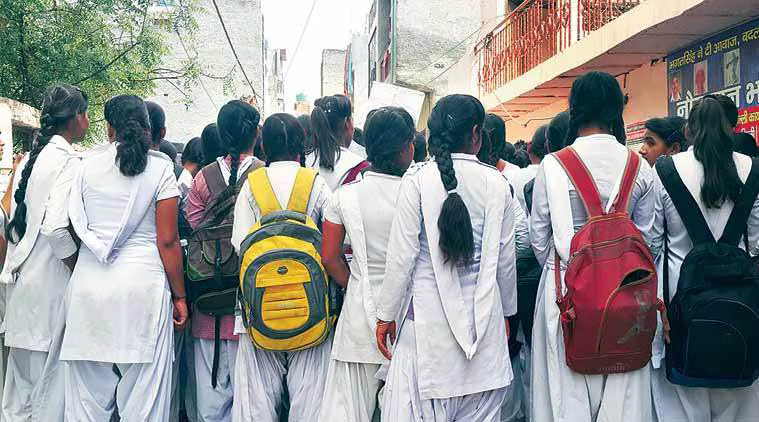
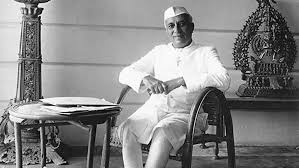

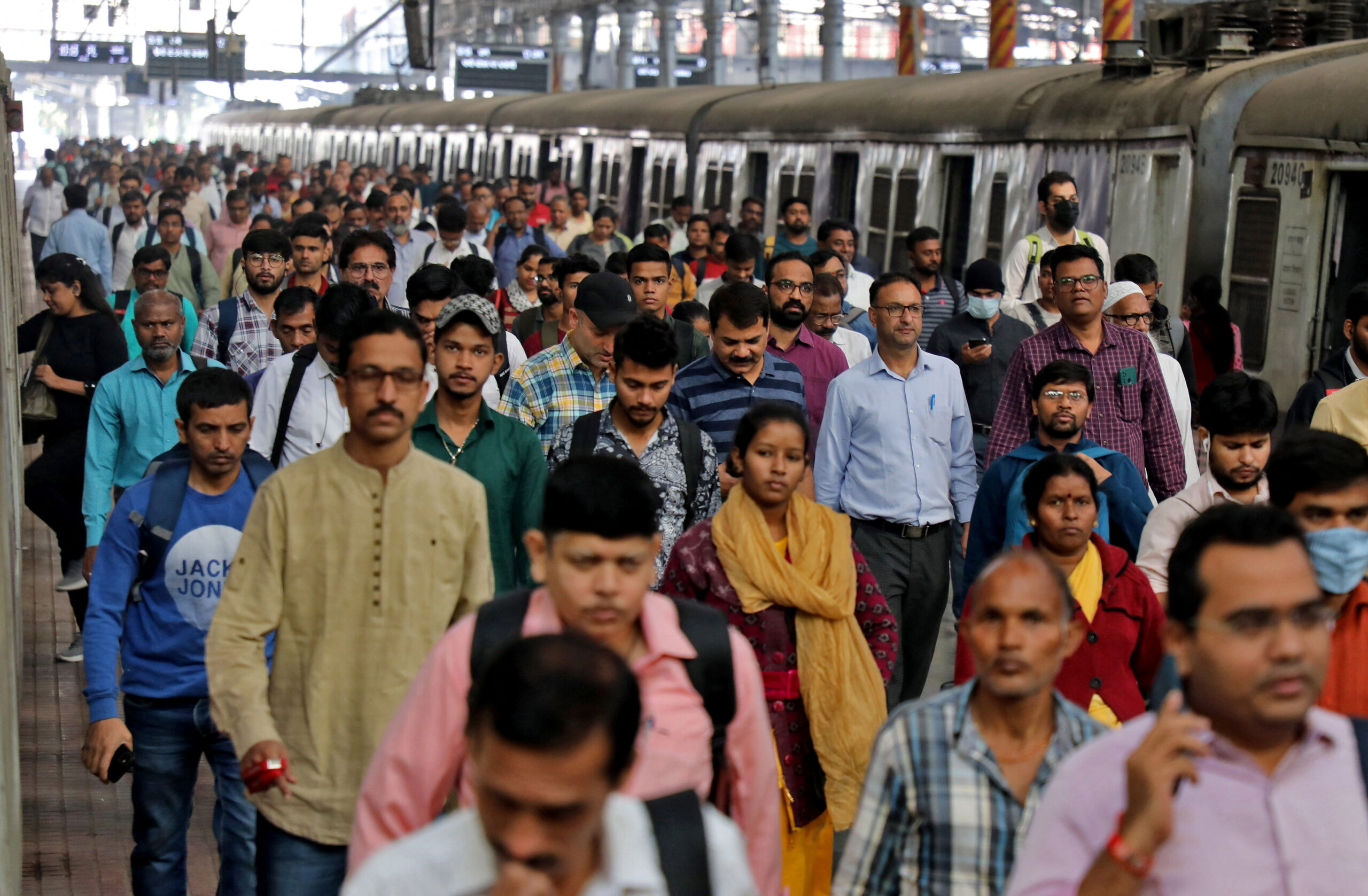

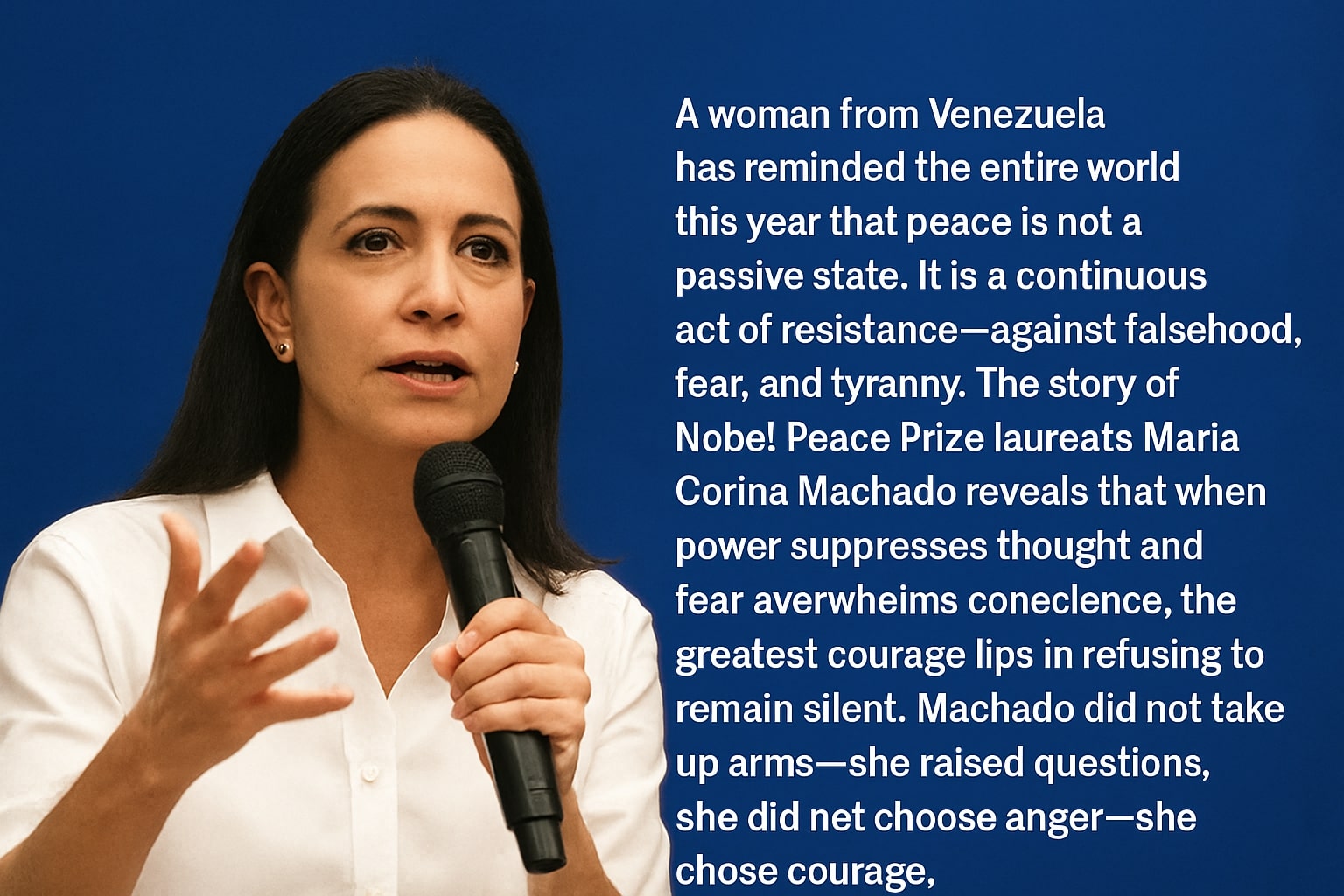




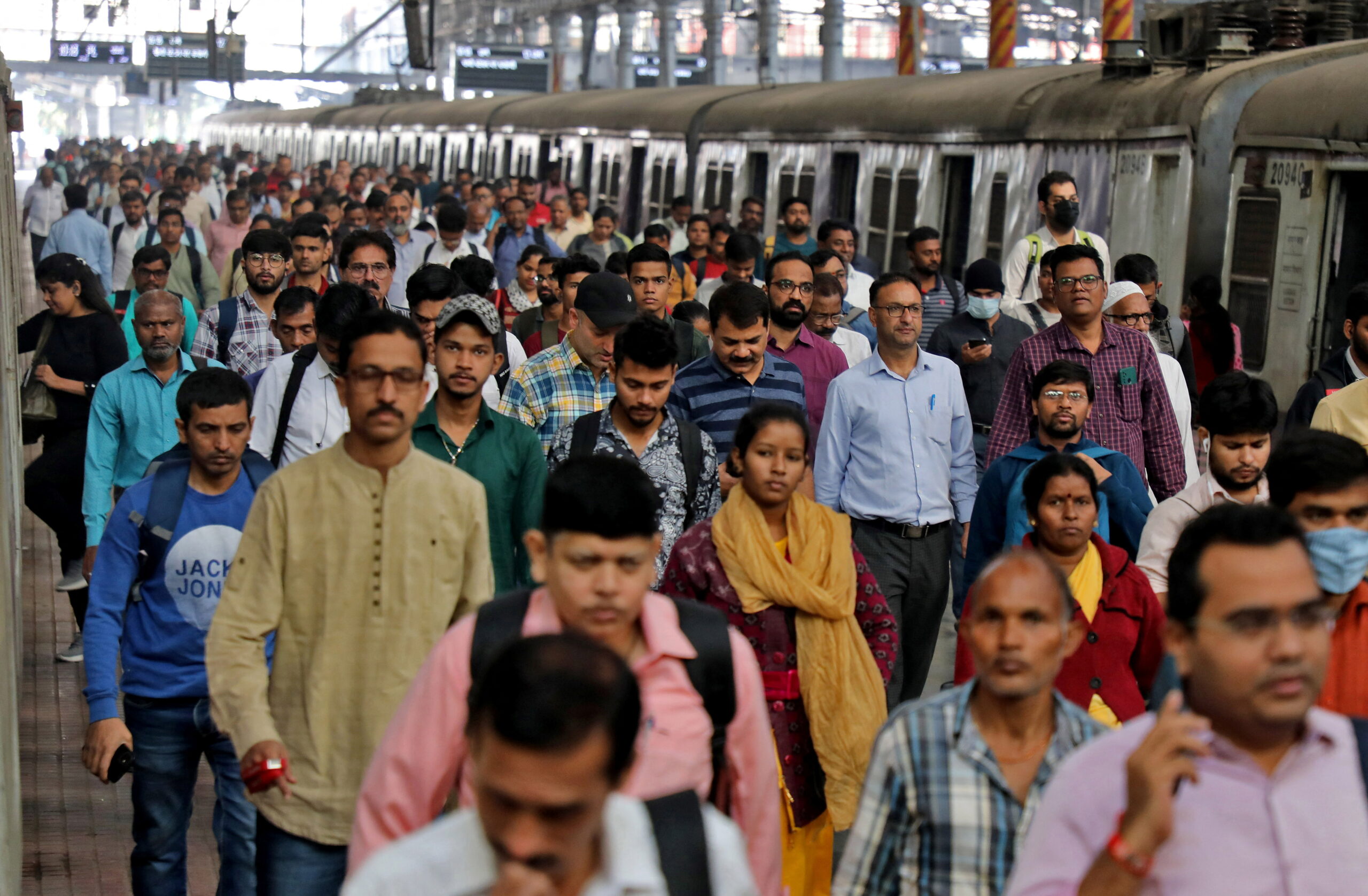
[[comment.comment_text]]